WHAT IS KALI?
“Kali” is an ancient martial art form from the Philippine Archipelago (formerly Maharlika) that pre-dates the Spanish conquest of the island nation and is based on the use of the blade (sword).
But the word “Kali” has many interpretations and meanings depending on who you talk to within the Filipino Martial Arts community.
Since there are over 180 languages in the Philippines and 12 unique alphabets no one knows for sure who is correct. And unfortunately, it was a standard procedure for Spanish Conquistadores to burn all local literature. One Spanish priest alone is said to have burned 300 scrolls in Luzon.
Over the 370 years of Spanish rule in the Philippines, many local words were replaced with Spanish words. Two of the most common Spanish terms for the Filipino Martial Arts are Arnis and Escrima.
But there are many non-Spanish terms for the Filipino martial arts and some include the word “Kali” in them…
1) Kali
2) Pagkali-Kali
3) Kali-Kali
4) Kaliradman
5) Kalirogan
6) Kalirongan
7) Kali-Silat
Here are a handful of other terms for the Filipino Martial Arts:
Pangamut, Silat, Silaga, Sikaran, Lawidan, Lagot, Bultong, Arnis De Mano, Balsakan, Gabbo, Lampugan, Panandata, Pagaradman, Kabaroan, Sinawali, Langkasilat, Estocada, Estoque, Fraile, Buno, Layug, Lampugan, Pantok, Kapulubod, Bultong, Bersilat, Kuntao, Dumog, Kunsi-Kunsi, Suntokan, Panuntukan
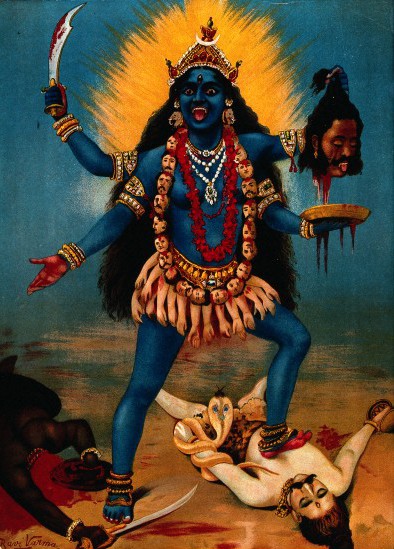 Some say the word Kali originates from the Hindu Goddess Kali who is the goddess of death, power and destruction and who is shown wielding a sword in many Hindu images.
Some say the word Kali originates from the Hindu Goddess Kali who is the goddess of death, power and destruction and who is shown wielding a sword in many Hindu images.
This theory has a lot of merit because of the huge Hindu influence on the Philippines before Christianity and Islam became the prevailing religions.
It is estimated that 25% of the words in most Filipino dialects are Sanskrit and Tamil (Hindu) words.
Here is an image of the Goddess Kali wielding a sword.
Others claim that the term Kali comes from the Filipino term for a sword “Kalis”.
The Tausug tribe of Mindanao, for example use the word Kalis for many variations of “Kris” swords as shown in the image here.
Kalis tulid = straight sword
Kalis seko = wavy sword
Kalis taluseko = half straight, half wavy sword
In the book “Mga Karunungan sa Larong Arnis” authored by Placido Yambao and Buenaventura Mirafuente (University of the Philippines Press, 1957):
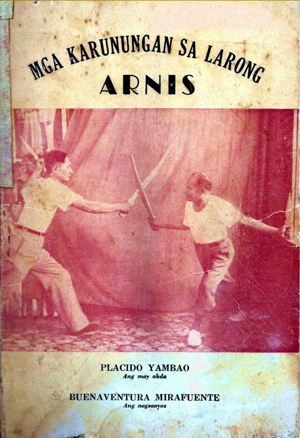 “The indigenous martial art that the Spanish encountered in 1610 was not yet called Arnis at that time. During those times, this martial art was known as “KALI” to our ancestors.
“The indigenous martial art that the Spanish encountered in 1610 was not yet called Arnis at that time. During those times, this martial art was known as “KALI” to our ancestors.
Due to the unavoidable changing of the times and circumstances, this martial art became known as “Panandata” to the Tagalogs, “Pagkalikali” to the Ibanags of the plains of Cagayan, “Kalirongan” to the people of Pangasinan, “Kaliradman” to the Visayans, “Pagaradman” to the Ilonggos in 1860, and “Didya” to the Ilocanos (but later on changed to “Kabaroan”).
According to Nid Anima, the author of the 1982 book, Filipino Martial Arts…
“The so-called kali is undoubtedly the oldest form of Filipino martial art, which claim is nowhere better evidenced than by the fact that it was the martial arts system availed by Lapu-Lapu and his men in subduing Ferdinand Magellan and his Spanish soldiers at the beaches of Mactan on that fateful day of march in 1521.”
“The kali is offense-oriented whereas the arnis defense-prone. Arnis seems to be for a minimum of violence or damage, it’s principal purpose being merely to disarm, whereas the kali for maximum, professing to maim or kill.”
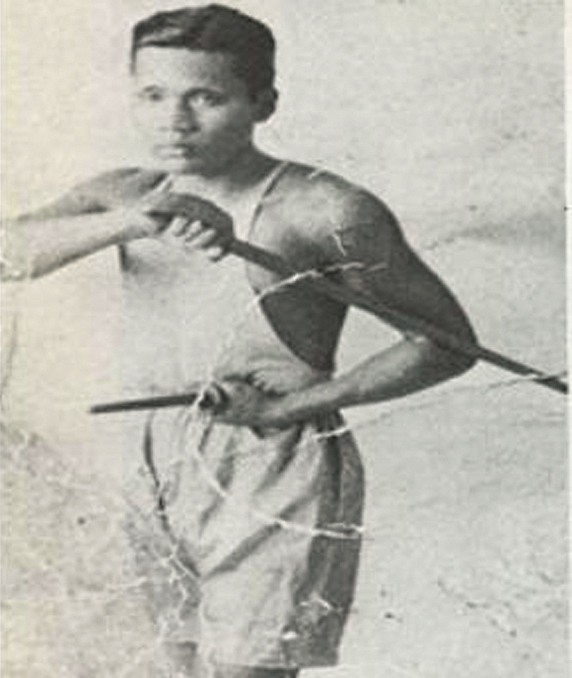 Grandmaster Floro Villabrille who was undefeated in over 100 full-contact death matches with hardwood sticks, no rules and no pads in the Philippines and Hawaii said that the word Kali comes from 3 words…
Grandmaster Floro Villabrille who was undefeated in over 100 full-contact death matches with hardwood sticks, no rules and no pads in the Philippines and Hawaii said that the word Kali comes from 3 words…
1) Kamot (Ka) = hand
2) Katawan (Ka) = body
3) Lihok (Li) = motion
So, within the system of Villabrille Kali, Ka-Li means hand or body motion.
According to Grandmaster Yuli Romo Kali comes from the words “Karunungan Lihim” or “secret knowledge” (Ka = Karunungan and Li = Lihim).
According to Felipe Jocano Jr. of the University of the Philippines, Pagkali-kali simply means “moving with a sword”.
In the documentary film “Kali Means To Scrape” by Nick Papadakis, he comes to the conclusion that Kali means to scrape as in to cut meat off the bone.
Punong Guro Edgar Sulite said…
“In Mindanao it is called Kali. In Visayas it is called Escrima. In Luzon it is called Arnis. But it means the same. Others call it Pagkali-Kali and others call it Panandata.”
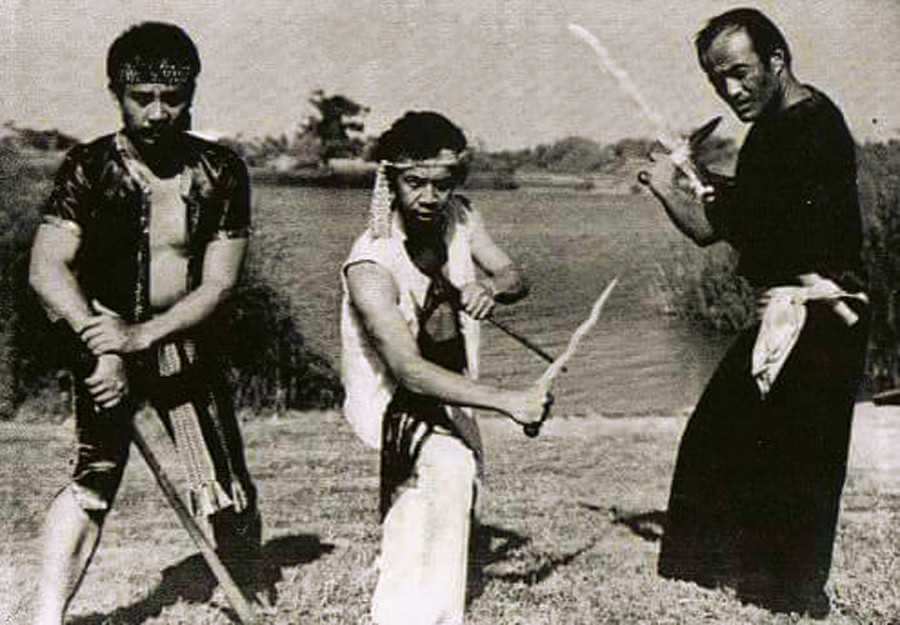 Grand Tuhon, Leo T. Gaje Jr. said this about Kali…
Grand Tuhon, Leo T. Gaje Jr. said this about Kali…
“Kali has a long history as a successful fighting method and lifestyle in the Philippines. It was the Kali warriors that killed Ferdinand Magellan. As a matter of fact, the research done by the oldest University in the Philippines, University of Santo Thomas recently found that the name of the Datu that killed Ferdinand Magellan is Kalikulapu.”
In his 1980 book, The Filipino Martial Arts, Guro Dan Inosanto wrote…
“Kali (Silat) was the oldest form of weaponry on the islands and the mother to Escrima. Older than Escrima, Kali comes from the word Kalis, which implies a blade, and it dates back to a time before Chinese from the Ming Dynasty infiltrated the islands. Kali also a stick, empty hand or multi-weaponed art, defended the islanders for centuries before the Spanish invasions.”
One of the last experts on the martial arts systems of the Southern Philippines, John (Juanito) Lacoste considered himself a Christian, but converted to Islam and learned to speak 12 different muslim dialects so he could take in the secretive Silat styles from Mindanao.
He believed Kali was about personal expression.
In the words of Lacoste…
Ano Ang Kali? (What is Kali?)
Ikaw Ang Kali. (You are Kali.)
Ito Ang Tunay Na Kali. (This is true Kali.)

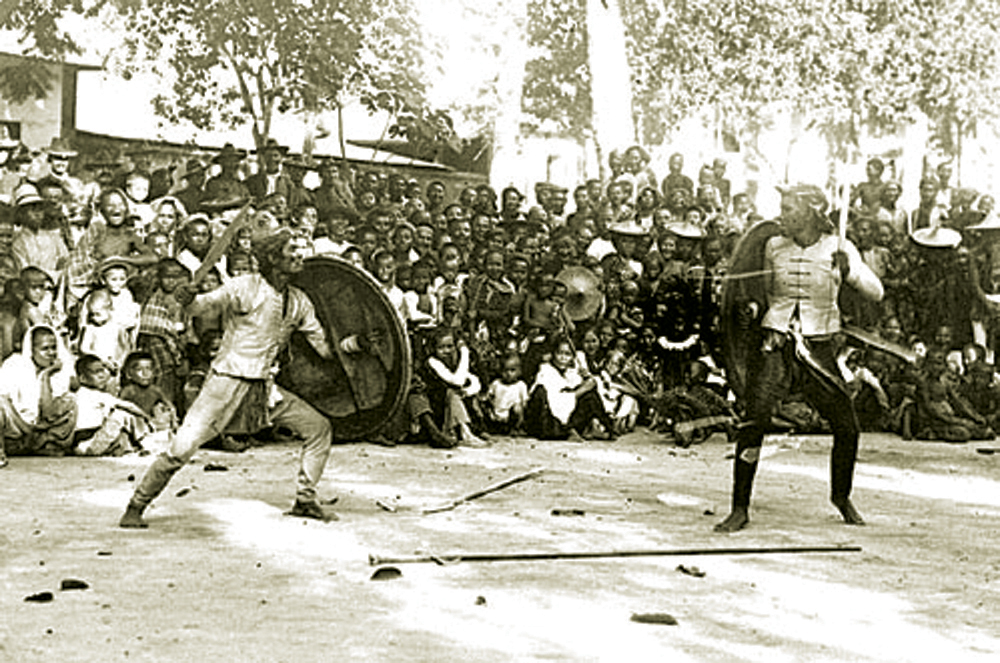

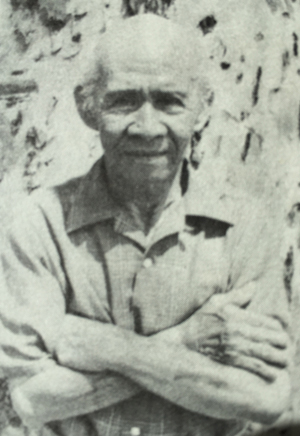




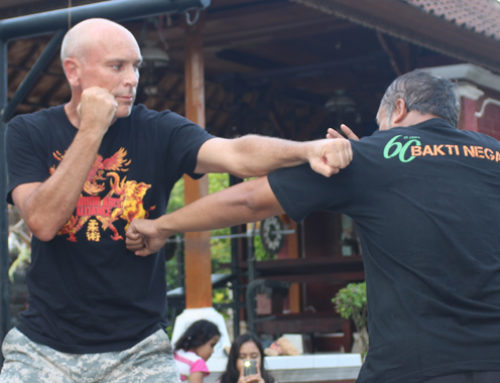
This is such a good read…very informative from different angles and aspects. Thank you very much!
Pugay…from Landas Maharlika Angeles City Kali Arnis Eskrima